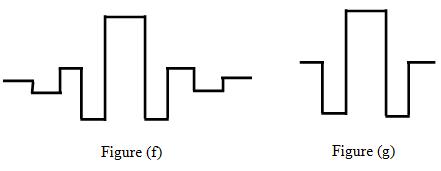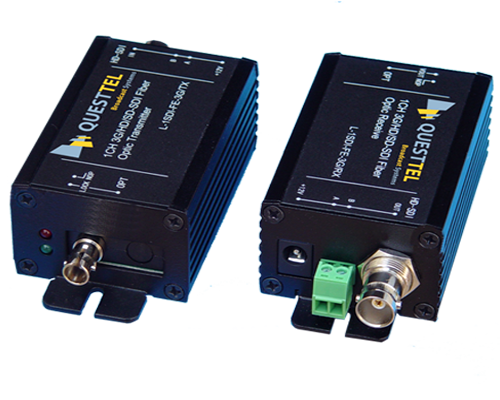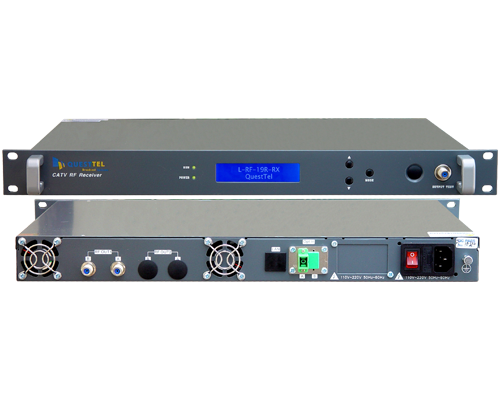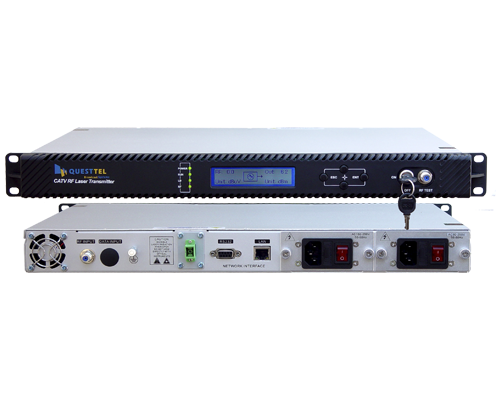Refractive Index Profiles of Optical Fiber
In simple words to understand, refractive index is the relative speed of light in a medium compared to the speed in vacuum. Thus if a medium have a refractive index of 1.5, the light will travel through that medium with a speed of 1/1.5 i.e. 0.67 times the speed of light in vacuum. The speed of light in vacuum is 300,000 km/second.
When the light travels through the medium having refractive index of 1.5, the speed of light will be reduced to 300,000/1.5 = 200,000 km/second. The refractive index of the medium depends fundamentally on the wavelength of the light. Once one of our suppliers for optical fiber from China provided a test certificate for the supplied optical fibers stating that refractive index at both1310nm and 1550 nm wavelengths is 1.470.
Our QA department submitted the fiber supplier test certificate to the cable customer along with Cable test results. Within one week we received a mail from the customer to clarify whether it is a typing mistake in the fiber test certificate. We contacted fiber supplier and received their apology for the mistake. They might have overlooked the importance of mentioning the third digit in the refractive index value.
In fact if the refractive index value at 1310 nm is 1.47x, the refractive index value at 1550nm will be 1.47y. Generally the optical fibers are divided into two in terms of refractive index, as the ones having graded index profile and the ones having step index profile. Some multimode fibers have graded index profile. Single mode fibers are with step index profile. Over the years the optical fiber manufacturers had played with refractive index profile to achieve desired optical waveguide characteristics to their fiber.
There are different types of profiles available for single mode fibers now according to their macro bend performance and dispersion characteristics. The dispersion in a single mode fiber is composed of material dispersion caused by the wavelength dependence of the refractive index and therefore the speed of light. And there is waveguide dispersion which results from the wavelength dependence of the light distribution of the fundamental mode LP01 over core and cladding and therefore of the refractive index difference called delta. Both types of dispersion together is known as chromatic dispersion.
So, the history of different styles of refractive index profiles depend on the history of Chromatic dispersion as optical fiber manufacturers tried to achieve minimum dispersion and minimum attenuation together and shifted the transmission window to 1550nm from the conventional 1310nm. The waveguide dispersion can be influenced to a great extent by changing the refractive index profile structure. The refractive index of a typical single mode fiber is a step index profile with a refractive index difference delta.
For this refractive index profile structure, the sum of the material and waveguide dispersions is zero near 1300nm wavelength. If it is good to shift this zero dispersion wavelengths to another wavelengths having less attenuation, then the waveguide dispersion and with it the refractive index profile structure of the optical fiber must be changed. This is the reason for multistep or segmented refractive index profiles. The index profiles of dispersion shifted single mode fibers, dispersion flattened single mode fibers, dispersion compensated single mode fibers and Non-zero dispersion shifted single mode fibers are shown below. Standard step index profile – simple step index or matched cladding profile is shown in figure (a).
Single mode optical fibers having such profiles are called Single mode Matched clad fibers (SM MC). You might have noticed optical fiber cables printed on the outer jacket as SM MC. Step index profile with reduced refractive index in the cladding region near to the core region is shown in figure (b). This type of index profile for cladding is also known as depressed cladding and single mode fibers having this profile is called Single mode depressed clad fibers or SM DC. Both SM MC and SM DC fibers are dispersion un-shifted fibers. This means simply the conventional optical fibers.

Optical fibers with dispersion shifted characteristics and Non-zero dispersion shifted characteristics are shown below. There are segmented profile with triangular core profile as shown in figure (c), Triangular profile as shown in figure (d) and segmented profile with a double step refractive index in the cladding also known as double clad as shown in figure (e).

Optical fiber with dispersion flattening have segmented profile with a 4 fold step in refractive index of the cladding in some cases as shown in figure (f) and ‘W’ profile or double clad in some cases as shown in figure (g)

QuestTel shall have no liability for any error or damage of any kind resulting from the use of this document.



